THE GIFT OF FURY
Role: Curator
Year: 2024
City: Rotterdam
Oscar Peters’ monumental new installation The Gift of Fury explored collective grief, joy and the need for hope in the face of contemporary alienation, drawing upon other cultures and rituals as well as cinematic traditions of world building. The work consisted of several large scale sculptures and was supported by Stichting Collectors of Contemporary Art as part of their annual curator award. The Gift of Fury was on view at the iconic Van Nelle Fabriek, as part of Art Rotterdam‘s expansive new outdoor art program marking their 25th anniversary.
The work was kindly supported by Mondriaan Fonds.

Peters’ work addresses a key paradox in contemporary western society, that we are increasingly connected, yet increasingly isolated. While global connectivity offers access to the horror of the 24 hour news cycle around the world, many of us face a new sense of helplessness, outrage and alienation without the traditional communal structures to process primal emotions such as fear, grief, despair.
Fury is born out of those deep emotions, setting a passionate path of purpose. It is not necessarily a blind anger, but rather a directed or guided rage, with a potent goal, either to destroy or create. It honors the complexity of loss, mourning and melancholy through its expansive worldbuilding. If we accept the impotent rage of helplessness, we may eventually reclaim agency. By entering the piece one is no longer an observer, but a participant in creating the ritual. Stepping into a shared place for grief, audience members contribute to the communal healing.
Above all, Peters invites us into the cinematic landscape of this installation to feel – the awe, the terror, the uneasiness, the grief – for our personal and collective losses. The space he creates does not attempt to provide answers to the violent urge for destruction, but it invites our attention to alternate possibilities. It’s up to us to form new rituals, engage our neighbors and bear witness to uncomfortable but uniquely human sensations. To contemplate being in Peters’ communal stockade is terrifying, but we’re in it together.






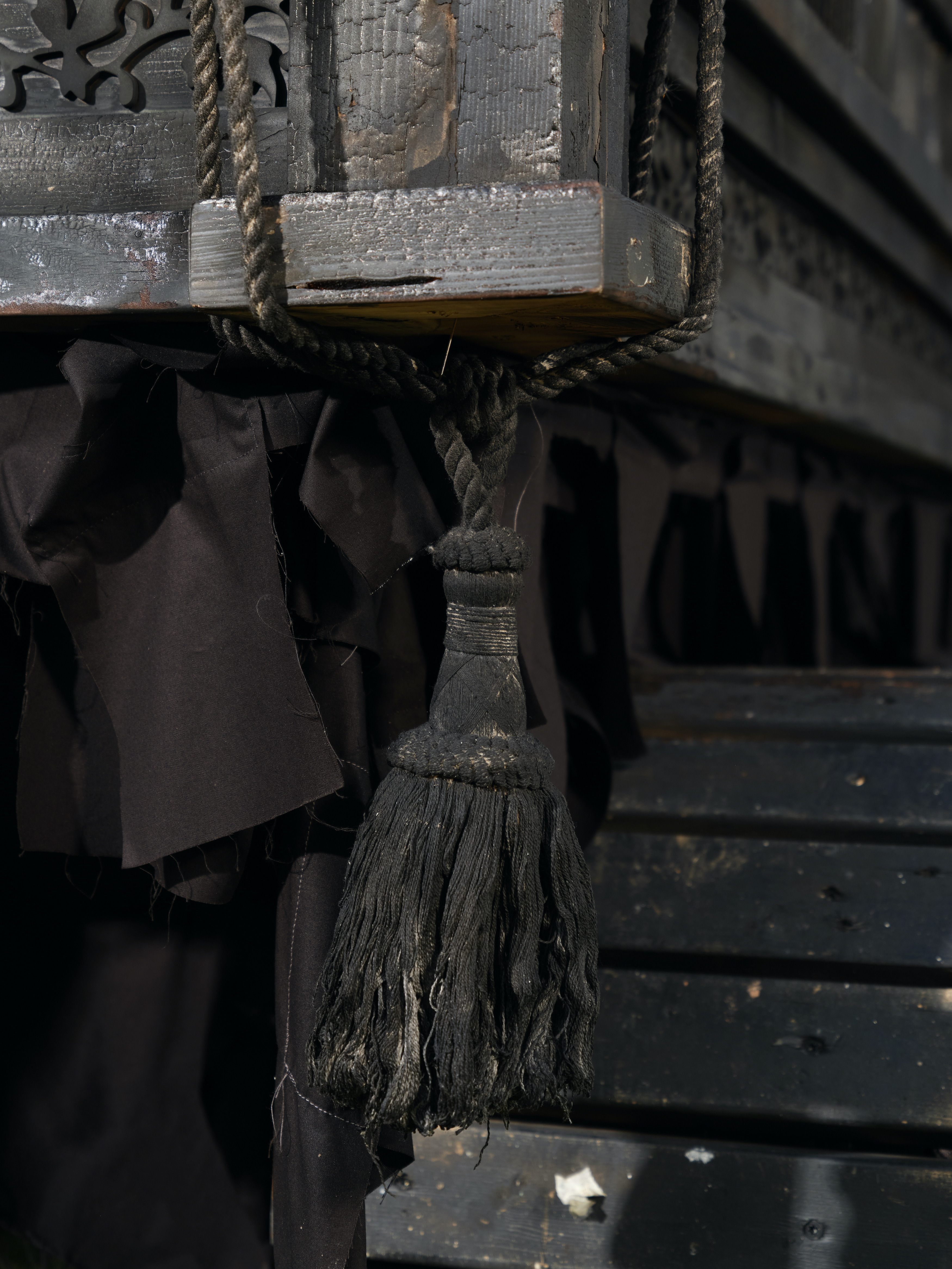
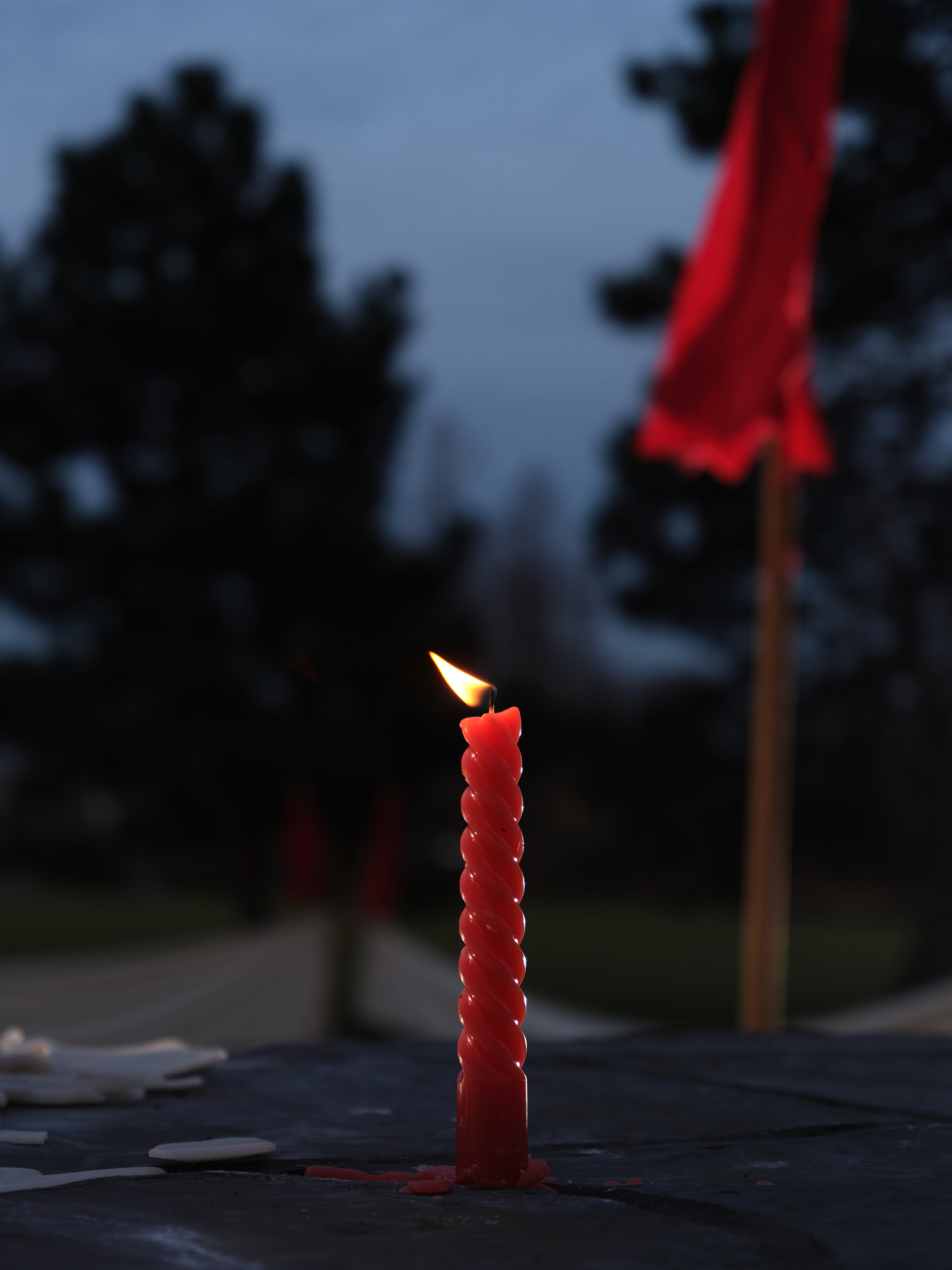
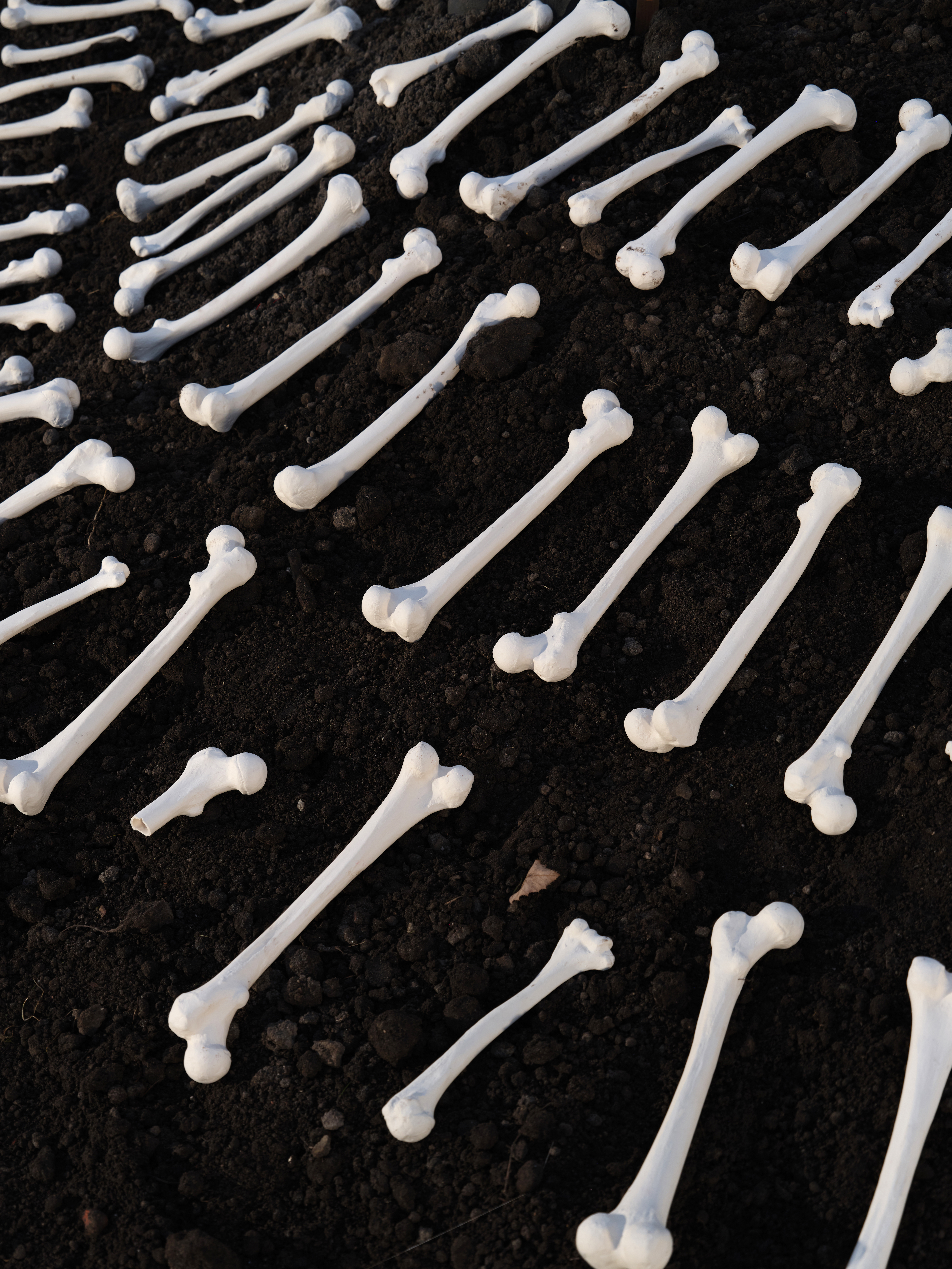

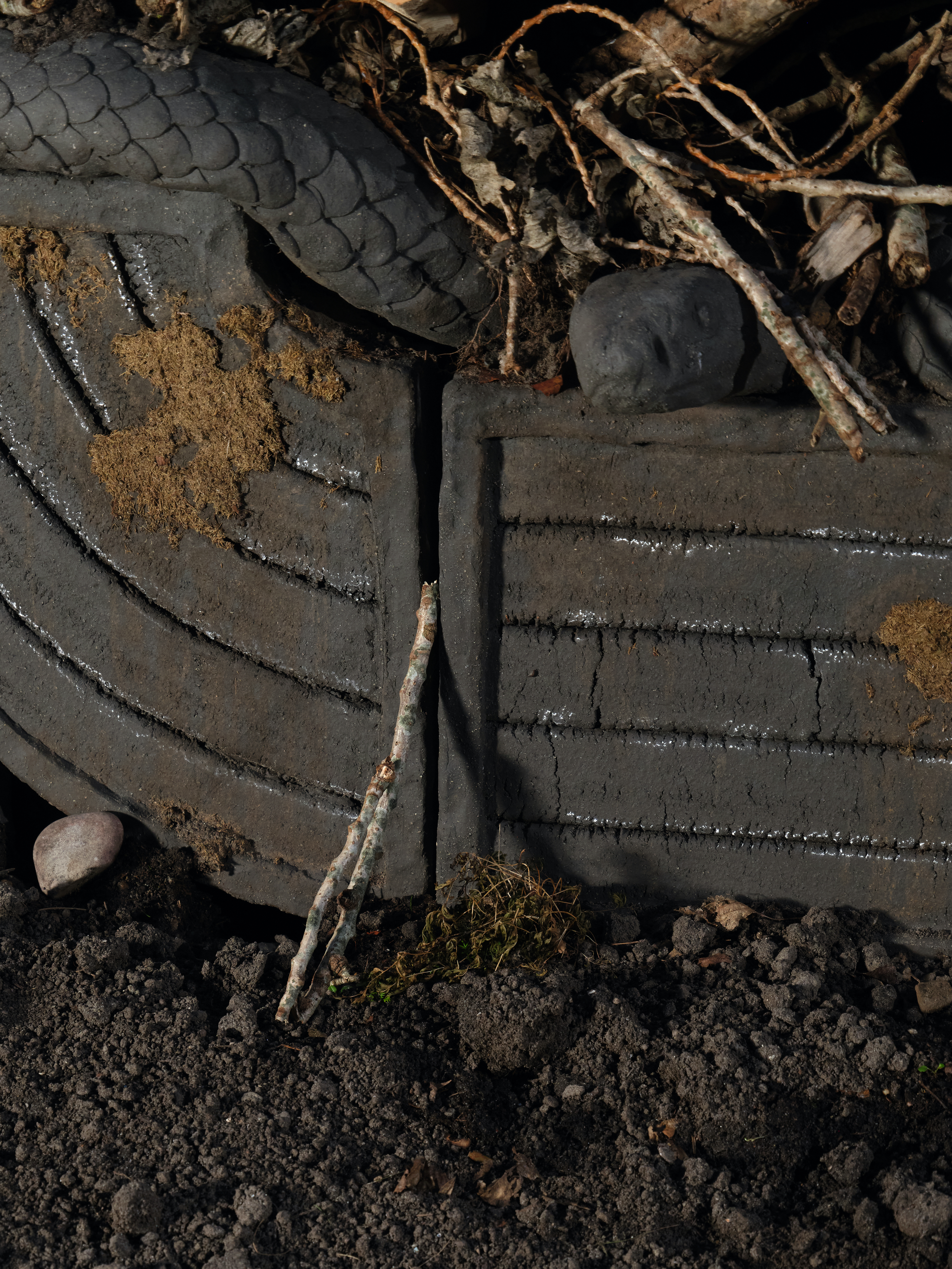

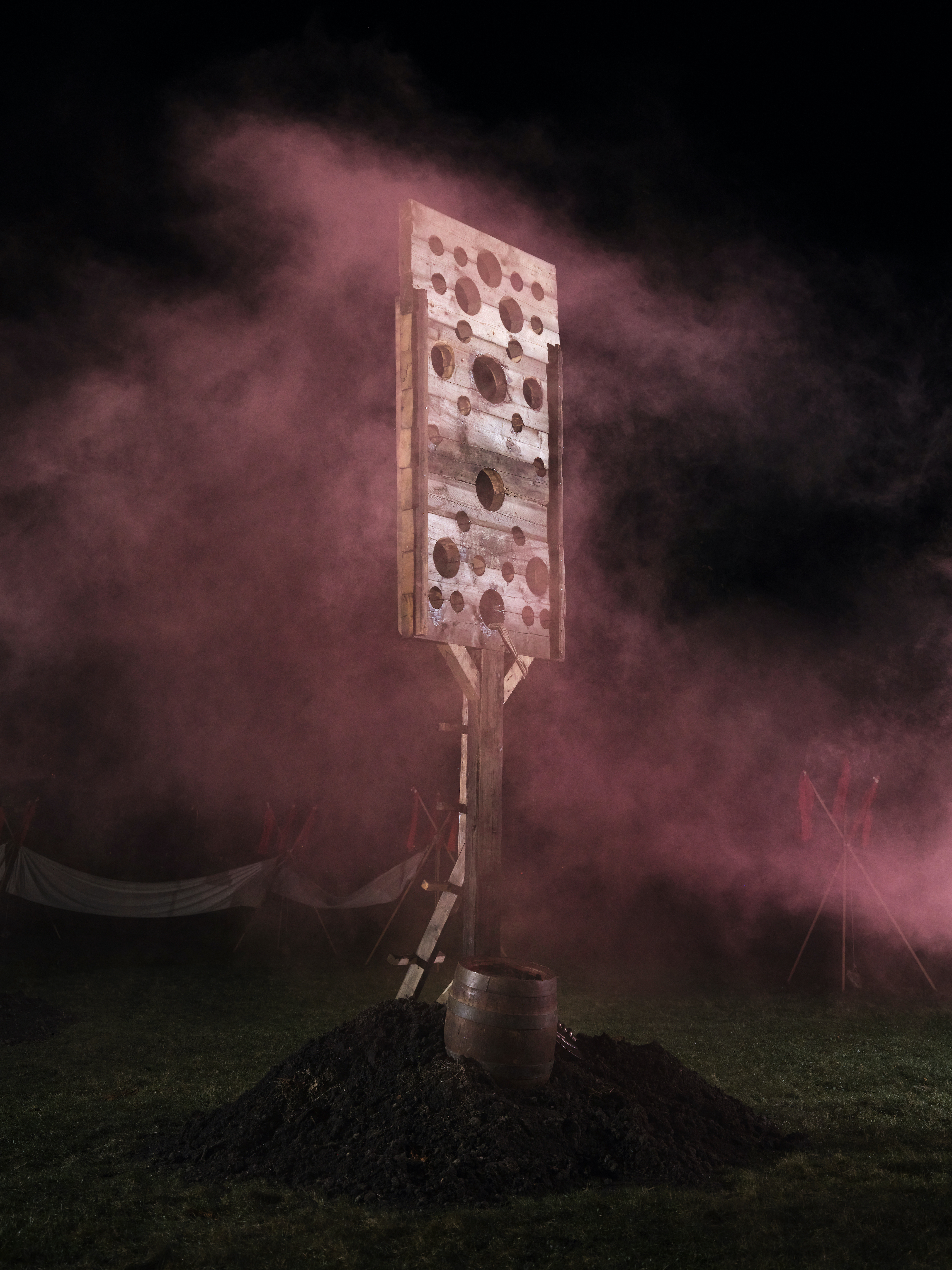
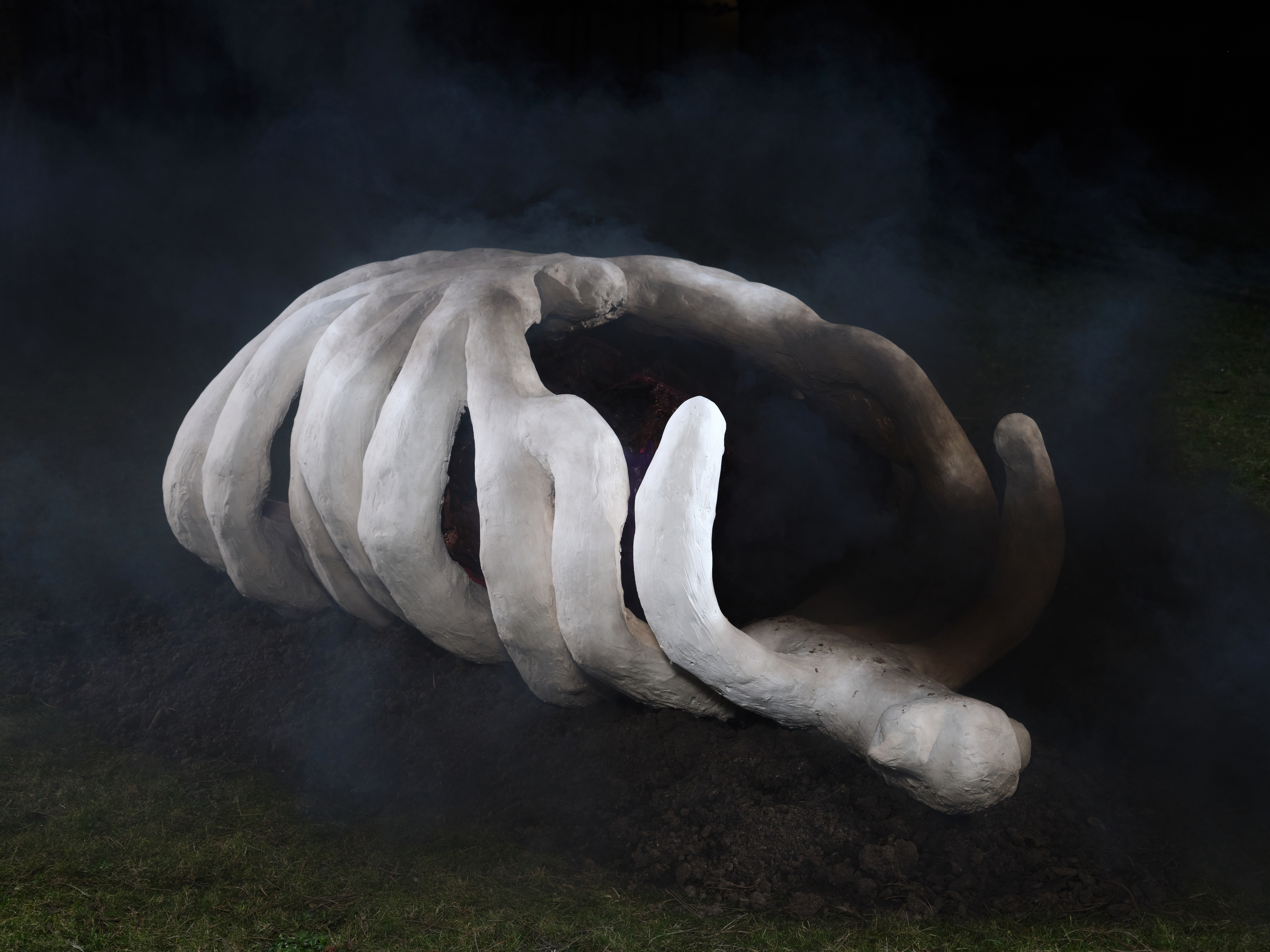
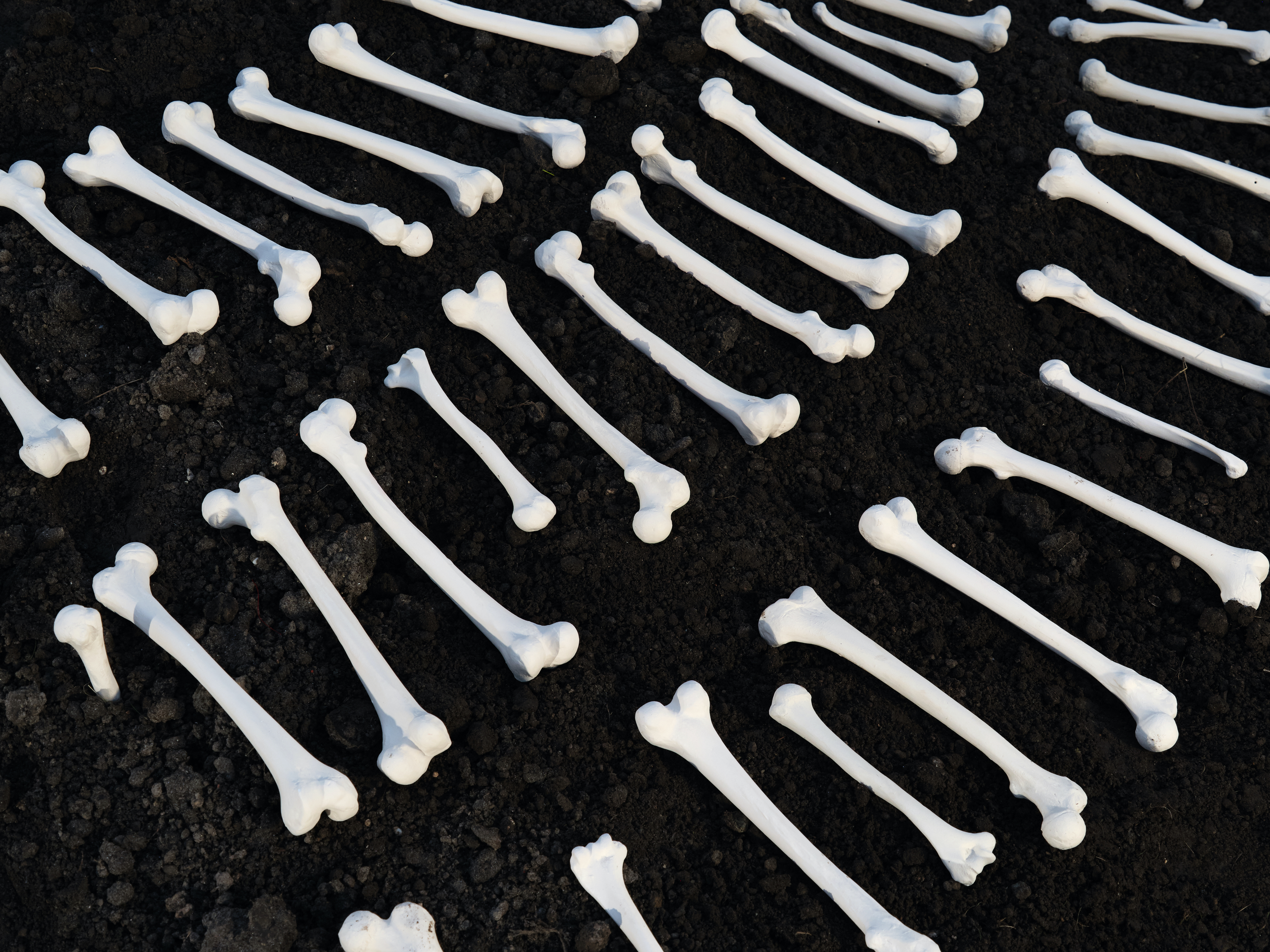
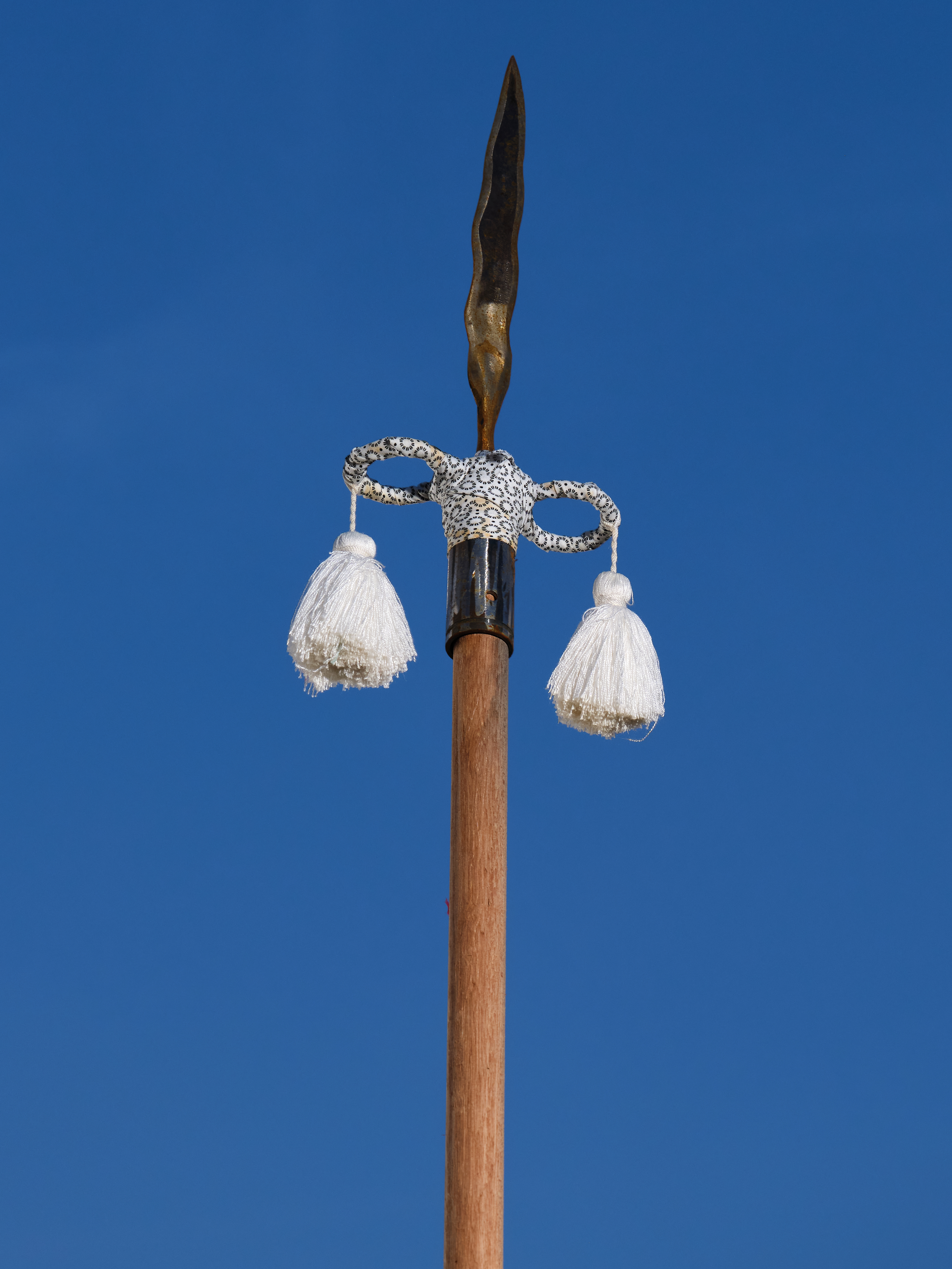

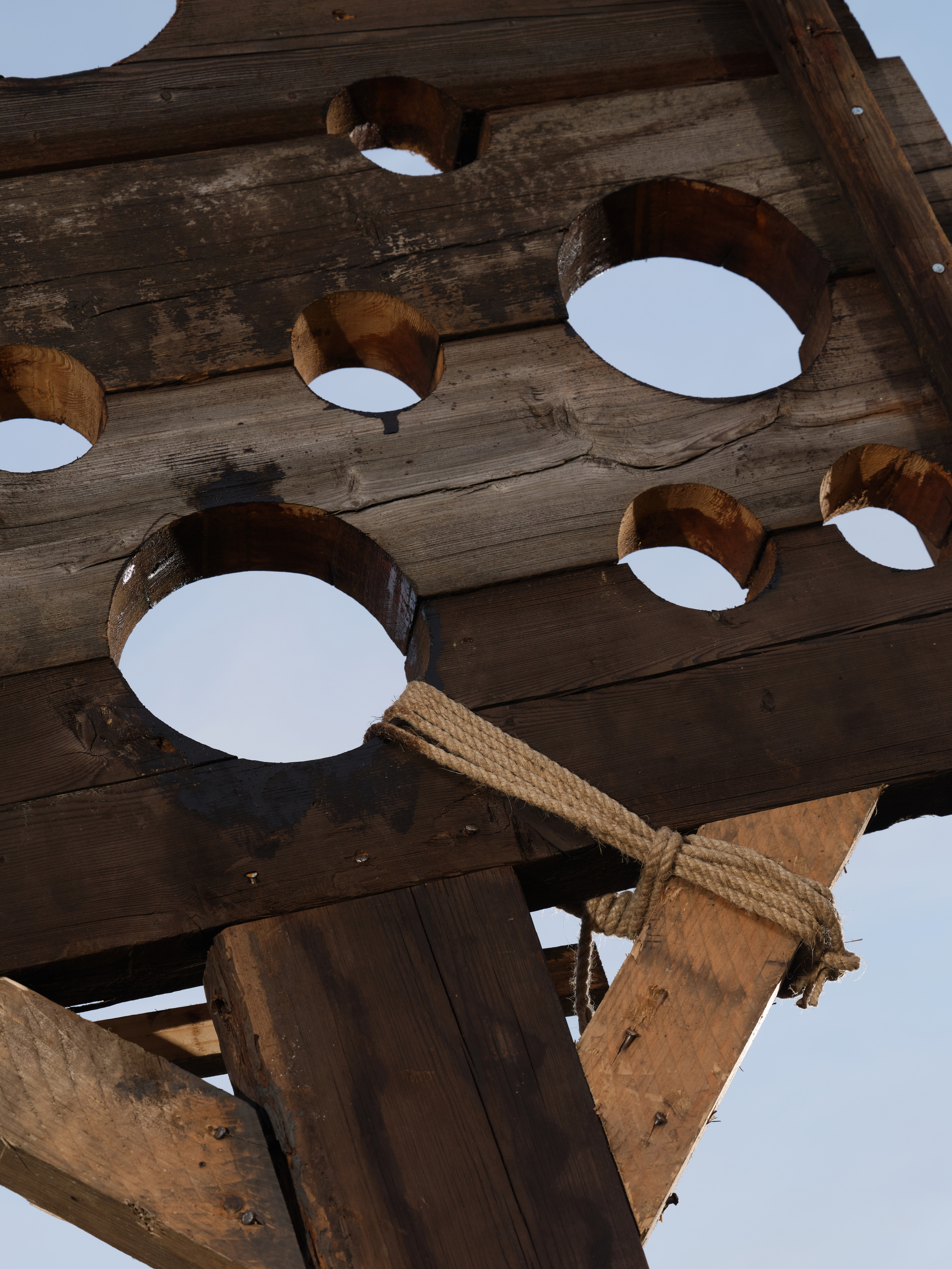



Like walking onto a film set, or into an alternate universe, the installation evokes strong feelings, like those inspired by the romantic, almost sentimental depictions in pre-raphaelite paintings of death, loss, grief, and mourning.
Fury is born out of those emotions, setting a passionate path of purpose. Fury is not necessarily a blind anger, but rather a directed or guided rage, with a potent goal, either to destroy or create. By entering the installation one is no longer an observer, but a participant in creating the ritual, stepping into a shared place for grief, in contributing to the communal healing. Touch the altar, hear the bells, feel the hairs on the back of your neck raise.
Wander the barren battlefield, sensing what's left after the battle, recreating the scene. Imagine the necromancer's enchantments bringing back the dead. Facing the body’s stages of decay, one begins with literal giant bones and a ribcage with the organs still gasping for air inside, then advances to the rather ephemeral: the sacrificial altar representing the mental sacrifices we make to get to where we want to be. Having to say goodbye, moving on, the mental fortitude to keep trying again and starting over.
The new dawn offers a symbol of hope against a backdrop of a powerful army marching against you. Thousands of red ribbons shaking rhythmically representing an advancing force, slow and steady, perpetually coming over the hill.
Terrifying horror of slow death. Violence cloaked in tranquility. Peace through sacrifice.

In the tapestry of time, where shadows dance and sunlight weave
We embark on a journey, unraveling threads of collective dreams.
In the corridors of shared existence, where echoes of laughter and tears collide.
A symphony, of collective grief and joy, side by side.
Through the labyrinth of modern echoes, where hearts beat in isolation
Connection, forging paths beyond the walls of alienation.
Woven with our shared despair, we find solace in the unity of pain that we all bear.
-Humie Pourseyf, Intermezzo d’Arte on Echobox Radio

About Oscar Peters
Oscar Peters (1981) predominantly makes large scale kinetic sculpture. He holds a BA in Fine Art from the Gerrit Rietveld Academie and a Master of Fine Art from Carnegie Mellon University. He has exhibited his work all over the world, with exhibitions from the United States to Japan. One of his biggest installations to date was featured on Het Klokhuis, inspiring young artists to build. He has appeared on Kunst is Lang and Nooit Meer Slapen, and was featured in Metropolis M, Het Parool, Trouw, NRC and Volkskrant, among others.
Currently he’s exploring larger themes of loss, grief, and fury. Peters is fascinated by simulated violence. The urge for destruction is part of humanity in this weird obscene way, we possess a morbid desire to watch violence or another person in danger. Who doesn’t watch a horror flick every now and then? Very exhilarating and very safe at the same time, this paradox is exactly what interests Peters the most. Humans are the only species that actively seek out danger: we voluntarily strap ourselves to a rollercoaster and put ourselves in harm's way. We get off on that feeling you get right before you plummet into the abyss. Tempting fate plays a big part in his practice. The naughty, slightly uncomfortable, edge-of-your-seat feeling – that is what Peters wants art to be.
About Stichting Collectors of Contemporary Art
The Collectors of Contemporary Art Foundation (CoCA) consists of a group of eight collectors of contemporary art. They have united with the aim of stimulating the work of young, promising artists in the Netherlands by making an annual work grant available.
Every year, CoCA invites someone who knows their way around the contemporary Dutch art landscape. As a curator, he or she compiles a shortlist of artists who meet the profile of CoCA. One of them receives a sum of money from the Foundation to realize a project of his choice in complete freedom. The resulting work (or an edition thereof) becomes the property of the Foundation. In this way a collection is created.